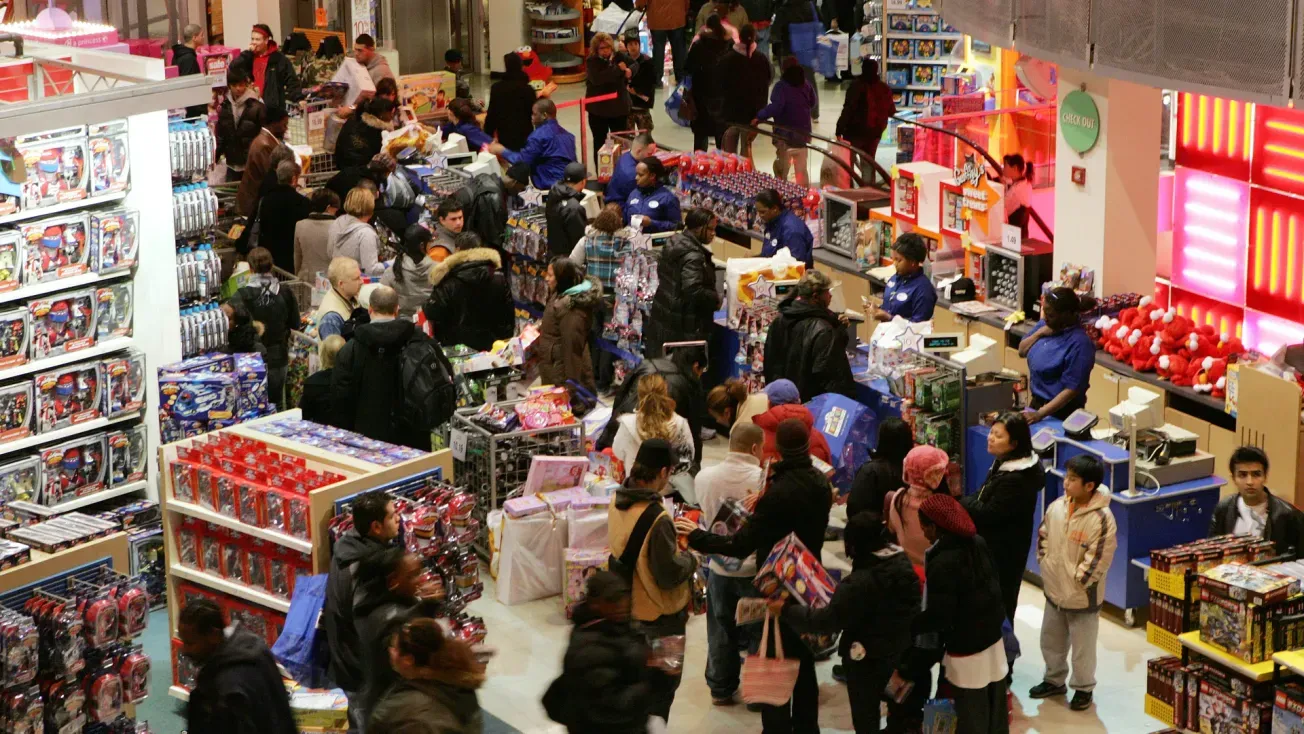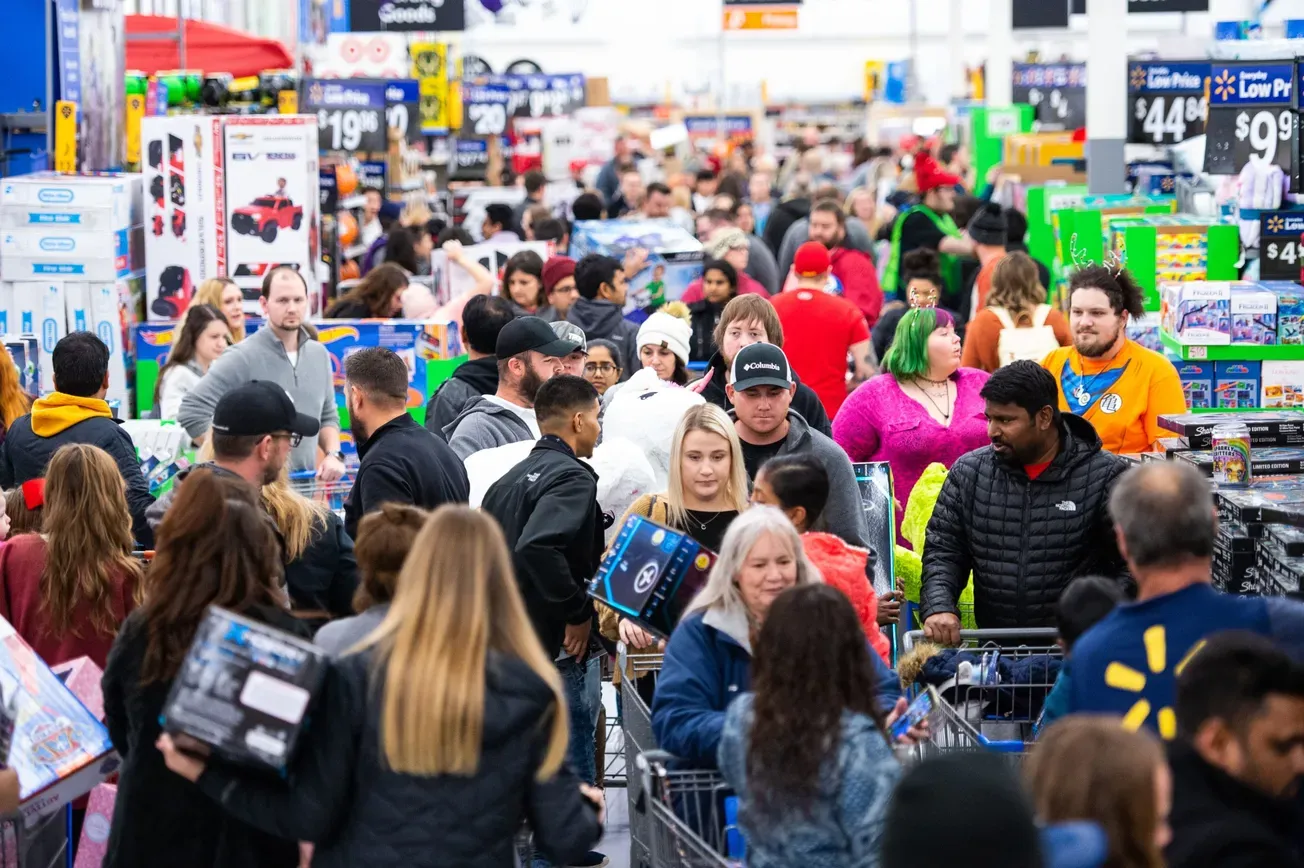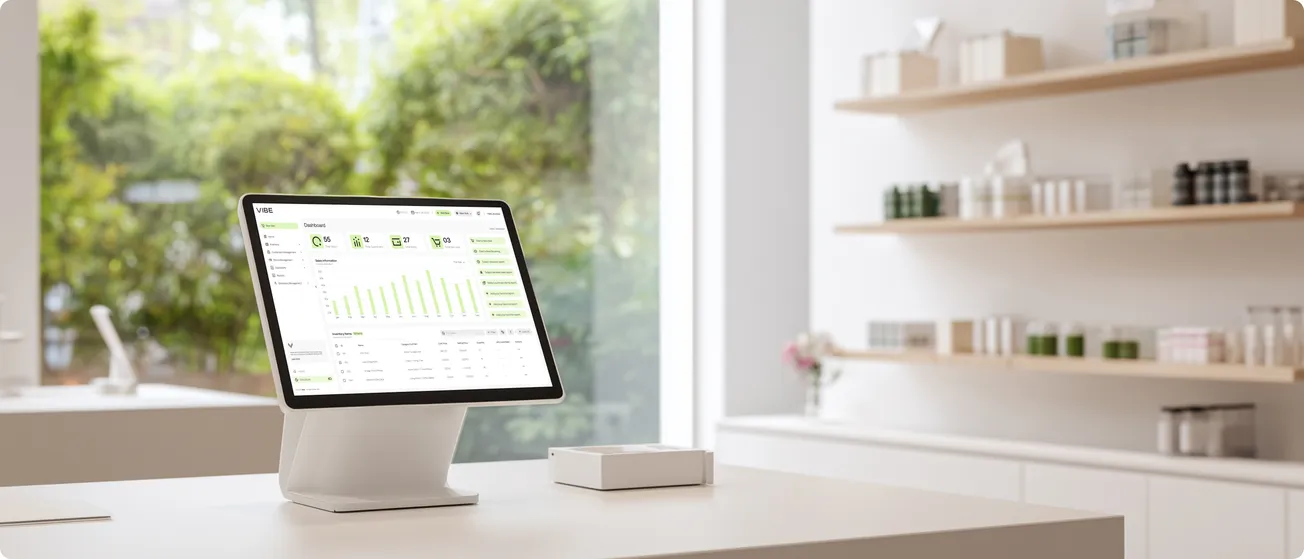NEW YORK — Amazon’s expanded four-day Prime Day event this week is expected to generate a record $23.8 billion in U.S. online sales, according to Adobe Analytics.
The event, running from July 8 to 11, is projected to increase online spending by 28.4 percent compared to the same period last year, according to Adobe. “This is equivalent to two Black Fridays,” Adobe noted, referencing the $10.8 billion in online spending tracked during the previous Black Friday.
The increase comes as budget-conscious shoppers seek back-to-school deals and utilize generative AI tools to track discounts on apparel, electronics, and other categories. Adobe expects traffic from generative AI sources to surge 3,200 percent during the event, reflecting the growing role of AI-powered chatbots and shopping assistants in helping consumers find deals.
“While AI-driven traffic remains modest compared to other channels such as paid search or email, the growth shows the value consumers are seeing in leveraging AI to quickly find information on deals and product details,” Adobe reports.

Amazon’s Prime Day, which has expanded from two days to four this year, has also triggered competing sales from major retailers like Walmart and Target. Daily deal drops and extended promotions are designed to encourage mobile impulse purchases, which are projected to account for 52.5 percent of online sales, or $12.5 billion.
Shoppers are expected to use Prime Day to “trade up” to higher-ticket items such as electronics, appliances, and sporting goods, while also purchasing more affordable items in categories like home and garden. Adobe forecasts that the sales share of the most expensive goods will increase by 18 percent during the event.
Discounts are expected to be deepest in apparel at 24 percent, followed by electronics at 22 percent, televisions at 17 percent, and appliances at 16 percent. Sales of backpacks, lunch boxes, and college essentials are also expected to rise as families prepare for the upcoming school year.

Adobe’s analysis is based on 1 trillion visits to U.S. retail sites, covering 100 million SKUs and 18 product categories. It also expects Buy Now Pay Later usage to rise slightly to 8 percent of overall online spending, up from 7.6 percent last year, as consumers continue to seek flexible payment options during the sale.









